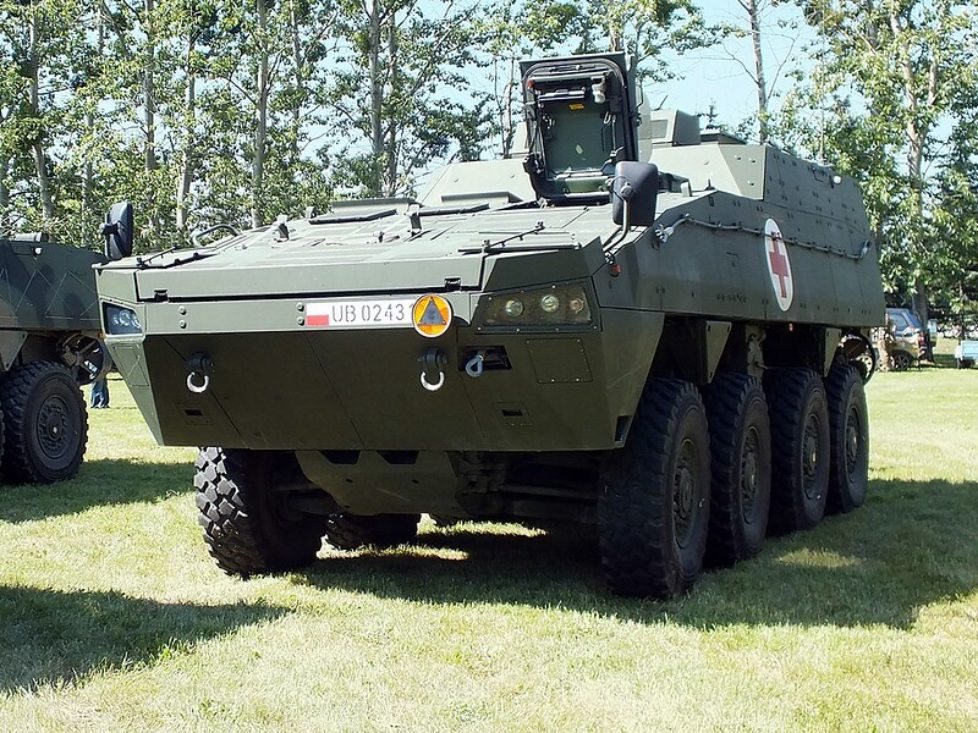Rosmak to najbardziej znany transporter opancerzony w Polsce. Nie każdy wie, że Rosmak nie jest polskiej konstrukcji, a fińskiej. Jednak to nie przeszkadza wielu osobom nazywać Rosomaka polskim produktem. Rosomak został skonstruowany w fińskim przedsiębiorstwie – Patria Vehicles Oy. Jego nazwa robocza to Patria AMV co jest rozwinięciem do Patria Armoured Modular Vehicle. Konstrukcja przyszłego […]
Z czego się składa kamizelka kuloodporna?
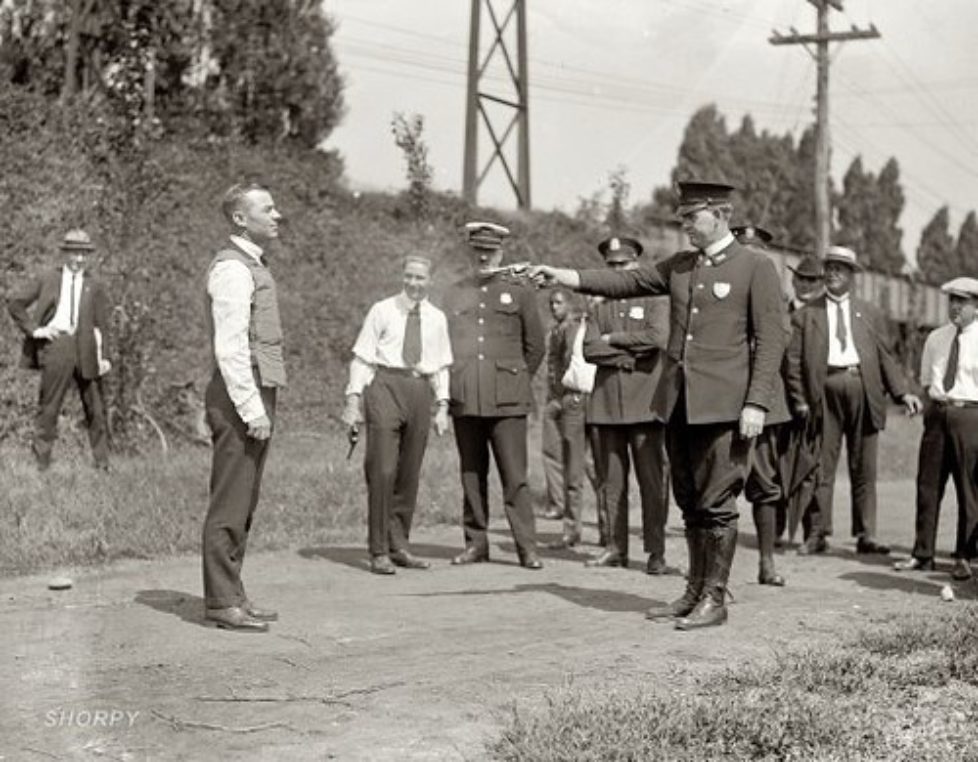
Niewiele osób wie, ale za wynalazców kamizelki kuloodpornej uznaje się Polaków. Dokładniej rzecz biorąc dwóch Polaków. Jan Szczepaniak oraz Kazimierz Żegleń. Obaj żyli mniej więcej w tych samych latach i obaj znacznie przyczynili się do tego czym dzisiaj możemy nazywać kamizelki kuloodporne. Zanim przejdziemy do meritum na początek troszeczkę historii. Pierwsze kamizelki, jak przykładowo ta […]
Anna ⋅ Inne ⋅ No comments
Leopard 2 w Polskiej Armii
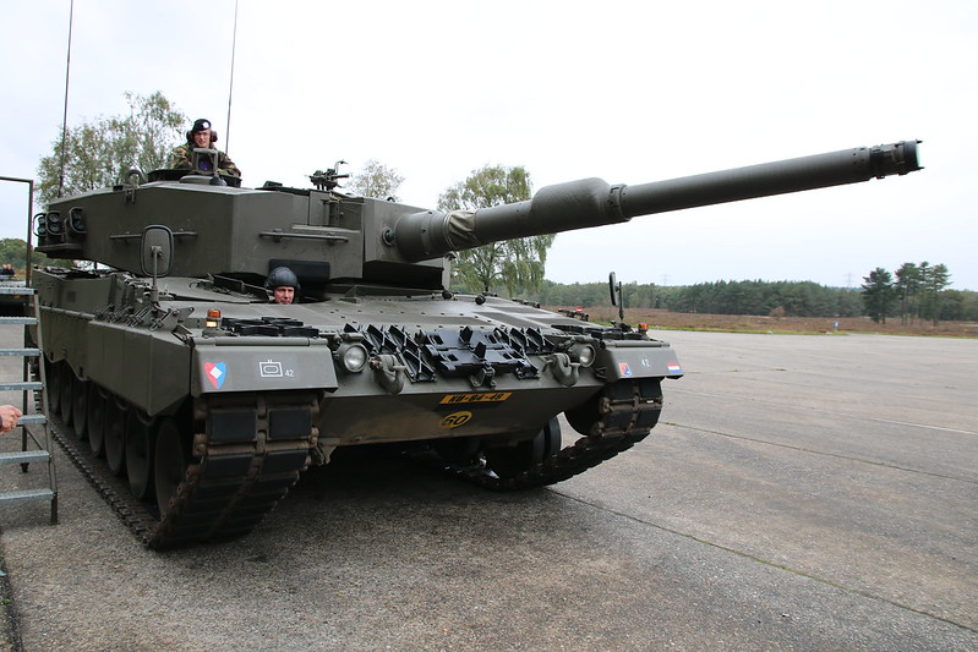
Najnowocześniejszymi i najlepszymi czołgami w siłach zbrojnych państwa Polskiego są niemiecki Leopardy. Teoretycznie mają to być 3 wersje tych czołgów. Czemu teoretycznie? O tym będzie można przeczytać w naszym artykule. Zacznijmy od tego co Polska Armia posiada. Są to czołgi Leopard 2 w wersjach A4 oraz A5. Pierwsza wersja (A4) trafiła do Polski w roku […]
Anna ⋅ Inne ⋅ No comments
Leonardo M-346 Bielik
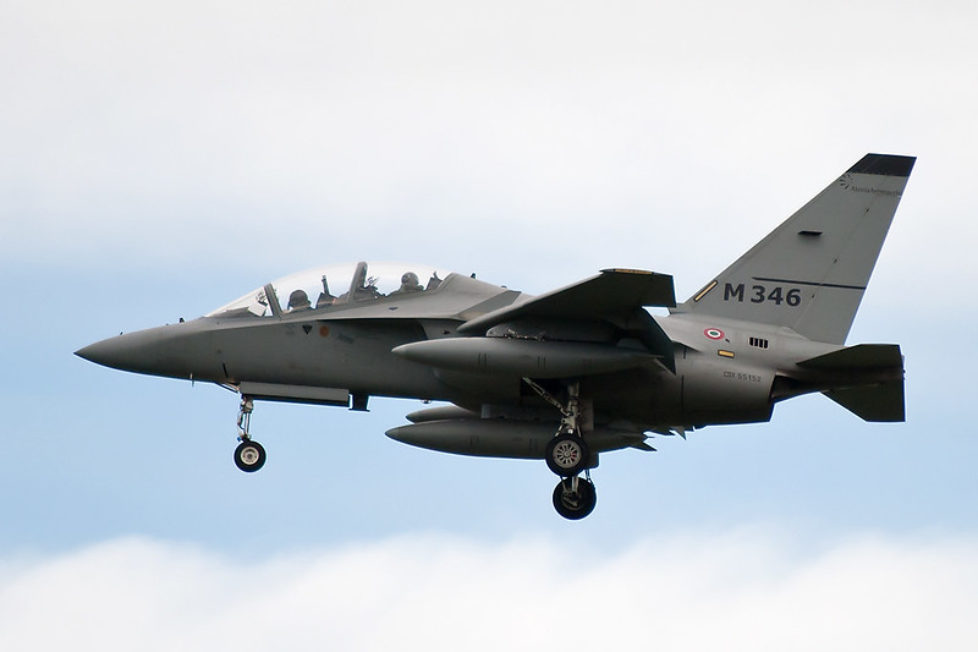
Samolot M-346 to produkt włoskiego koncernu Leonardo, działającego wcześniej pod nazwą Alenia Aermacci. To właśnie te samoloty zostały wytypowane w przetargu, który odbył się w 2014 roku, jako najlepsza opcja dla polskiego lotnictwa wojskowego. Włoska firma powstała w roku 1913 z połączenia siła włoskich i francuskich. Francuzi dostarczyli kapitał, Włosi natomiast technologię. Dzisiaj po ponad […]
Anna ⋅ Samoloty ⋅ No comments
Jaką broń produkują Polacy?
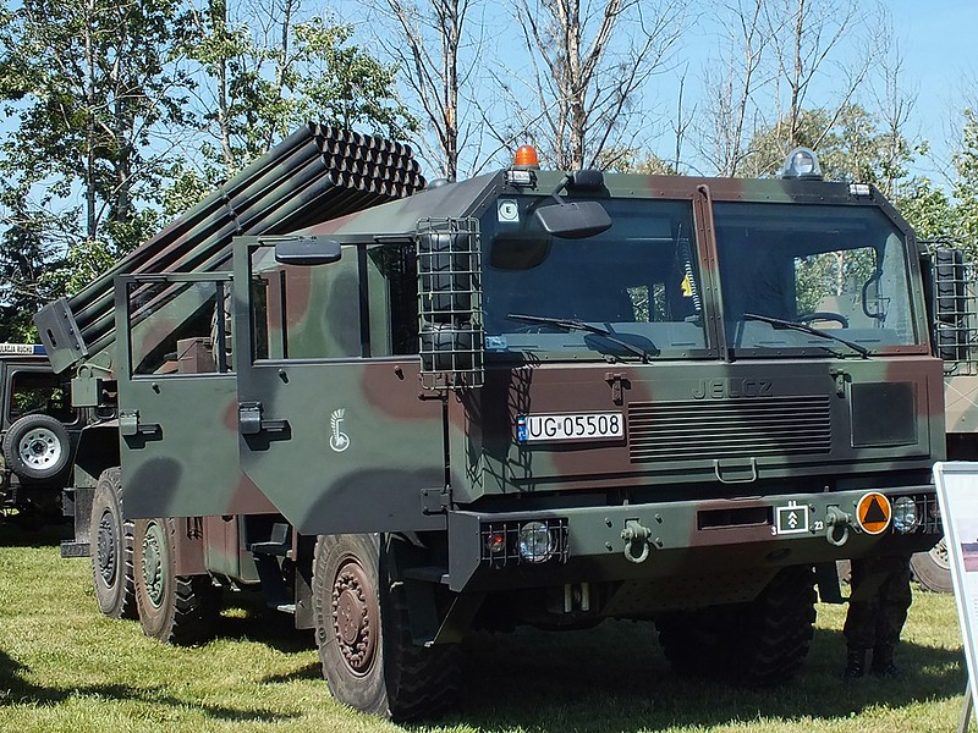
Niewiele osób wie, ale Polska jest również zaliczana do krajów produkujących broń. Nie jest to oczywiście jakaś czołówka, jednak nie ma czego się wstydzić. Co dokładnie produkowane jest w polskich zakładach? Największe fabryki broni w Polsce znajdują się w Łuczniku, Hucie Stalowa Wola czy Bumarze Łabędy. Produkcja polskiego arsenału trafia w większości na rodzimy rynek […]
Anna ⋅ Broń ⋅ No comments
Myśliwska broń śrutowa
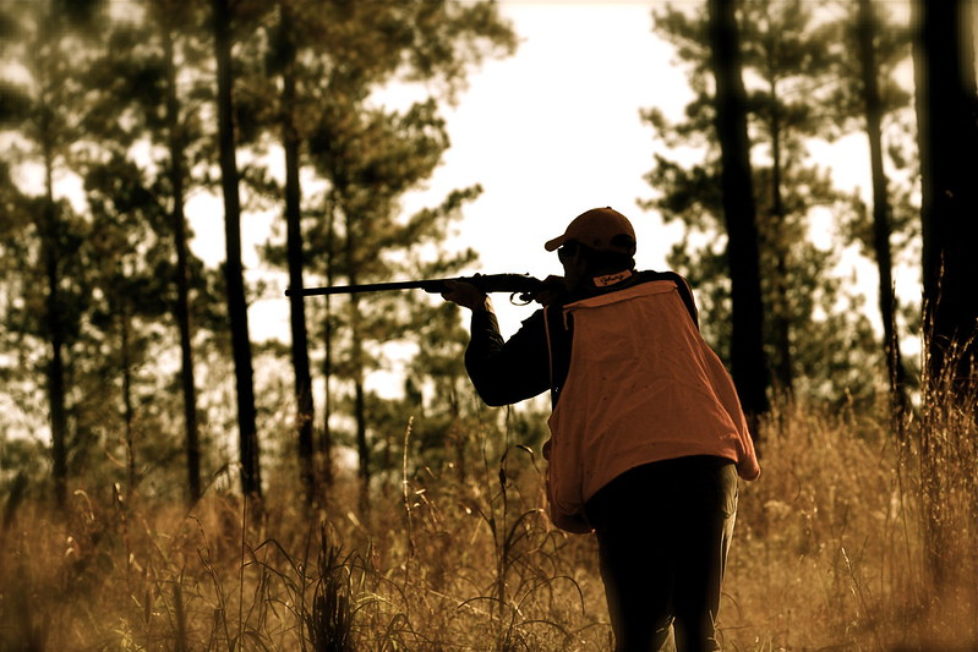
Broń myśliwska śrutowa tuż obok broni kulowej oraz broni kombinowanej to podstawowy rodzaj myśliwskiej broni palnej. Czym charakteryzuje się broń myśliwska śrutowa? Jakie są kalibry broni śrutowej? W końcu jakie są rodzaje broni śrutowej? Odpowiedź na te i inne pytania znajdziesz w naszym artykule. Najbardziej znaną bronią śrutową myśliwską jest dwururka, a więc tzw. dubeltówka. […]
Anna ⋅ Broń ⋅ No comments
Myśliwska broń kulowa
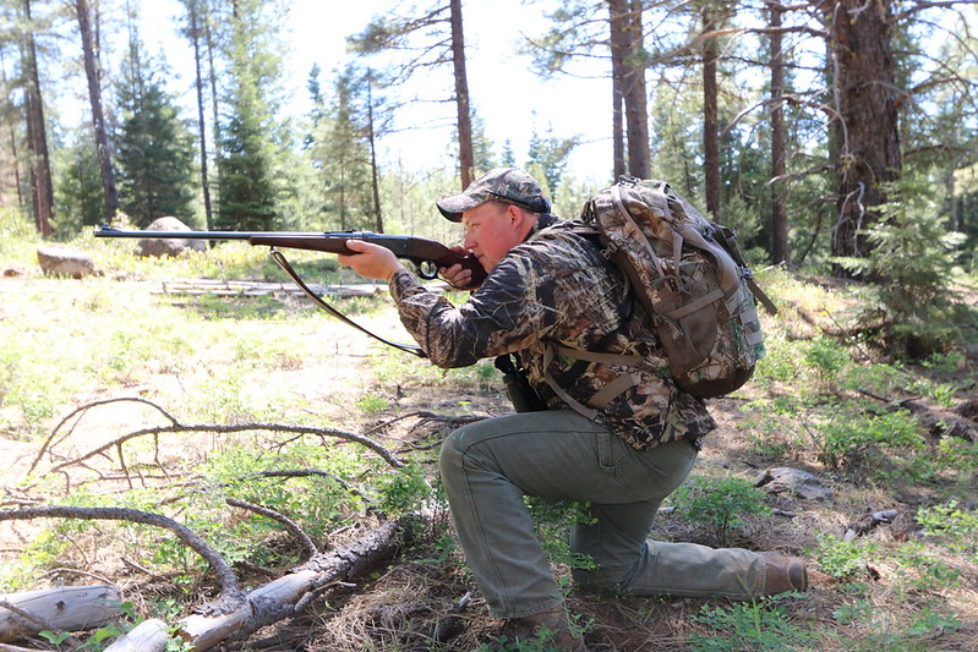
Myśliwska broń kulowa to następny rodzaj broni myśliwskiej wykorzystywanej podczas polowań. Ma ona w zasadzie jednego przedstawiciela, a więc popularny sztucer znany również pod nazwą repetiermu. Sztucer nie jest bronią łamaną i najczęściej posiada tzw. zamek ruchliwy. Składa się ona z lufy gwintowanej, na końcu której znajduje się muszka. Inne elementy to kolba wraz z […]
Anna ⋅ Broń ⋅ No comments
Myśliwska broń kombinowana
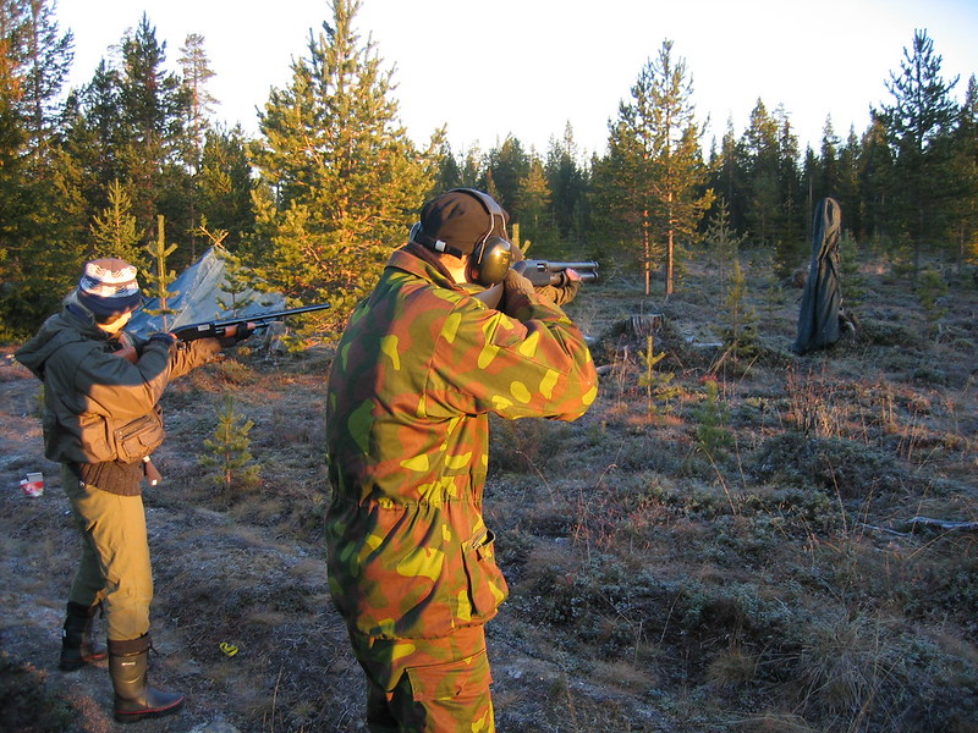
Ostatni rodzaj broni myśliwskiej to tak zwana broń kombinowana, a więc śrutowo kulowa. Jej stosowanie jest wymuszone niektórymi łowiskami w Polsce, na których nie wiadomo jakie zwierzyny można się spodziewać. Czy to będzie lis, zając, a może dzik. Przez takie właśnie łowiska coraz większą popularnością cieszy się właśnie broń kombinowana. W przypadku myśliwskiej borni kombinowanej […]
Anna ⋅ Broń ⋅ No comments
Amerykański F-22 Raptor oraz rosyjski PAK FA (Su-57)
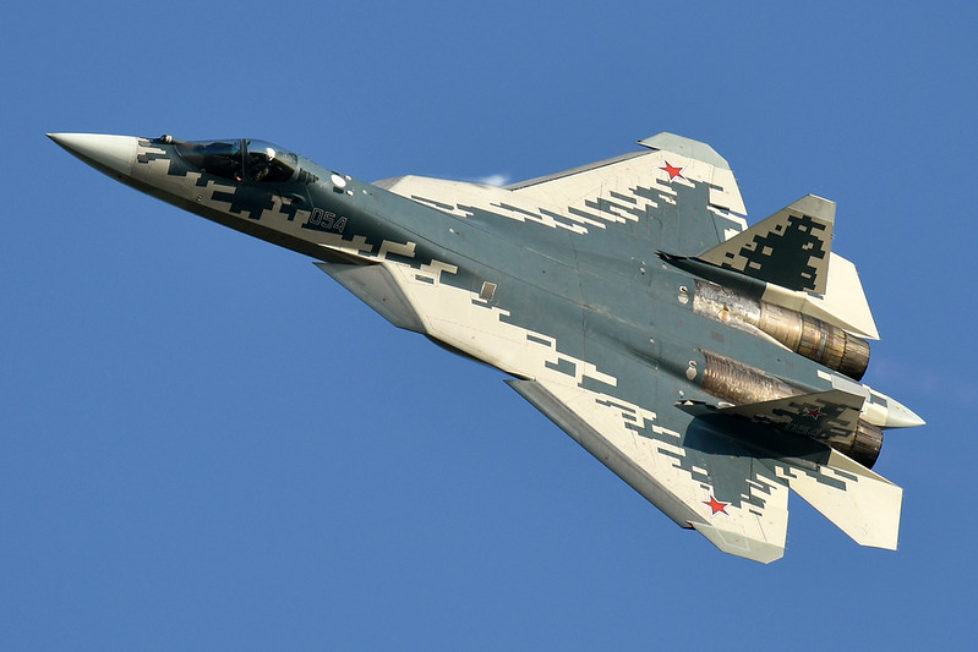
Z każdą dekadą broń, pojazdy, technologia wojskowa są coraz nowocześniejsze i zaawansowane. Nie inaczej jest w przypadku odrzutowców wojskowych. Obecna, piąta już, generacja tych maszyn to niewielka grupa najbardziej nowoczesnych samolotów bojowych, które kiedykolwiek zostały wyprodukowane. Zacznijmy od samolotu pochodzącego ze Stanów Zjednoczonych. Mowa tutaj o F-22 Raprtor, który swój pierwszy lot odbyło 30 lat […]
Anna ⋅ Samoloty ⋅ No comments
Azjatyckie samoloty 5 generacji
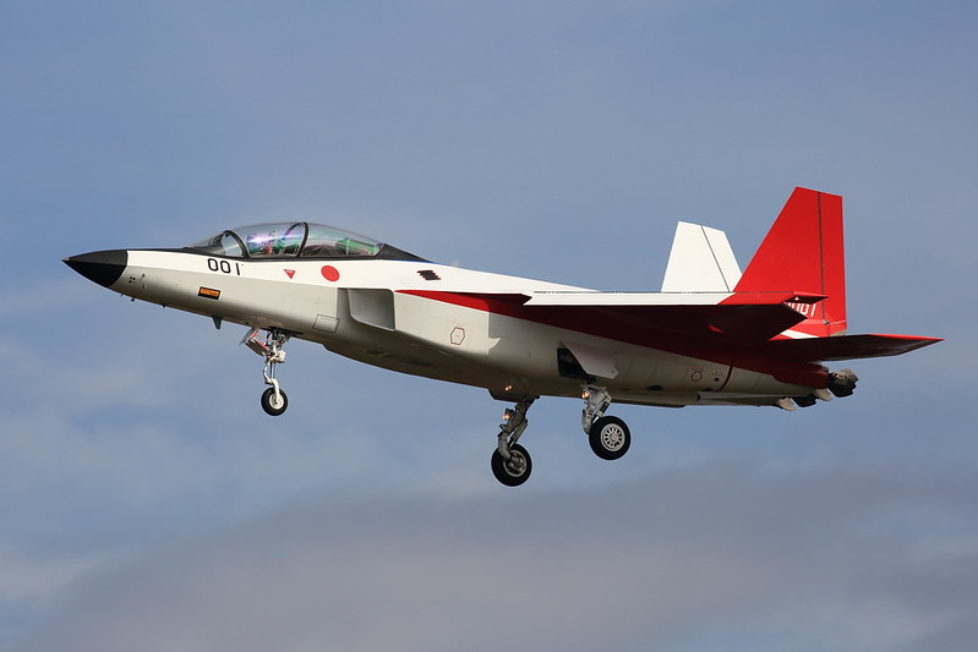
Nie tylko USA i Rosja rozwijają swoje technologie piątej generacji jeżeli chodzi o samoloty. Również dwa kraje azjatyckie, a więc Chiny oraz Japonia mają coś do powiedzenia. Chiny nawet dwukrotnie. Jakiego typu są to maszyny? Zapraszamy do zapoznania się z naszym artykułem. Zacznijmy od japońskiego modelu X-2, a dokładniej Mitsubishi X-2, którego pierwszy lot odbył […]
Anna ⋅ Samoloty ⋅ No comments
